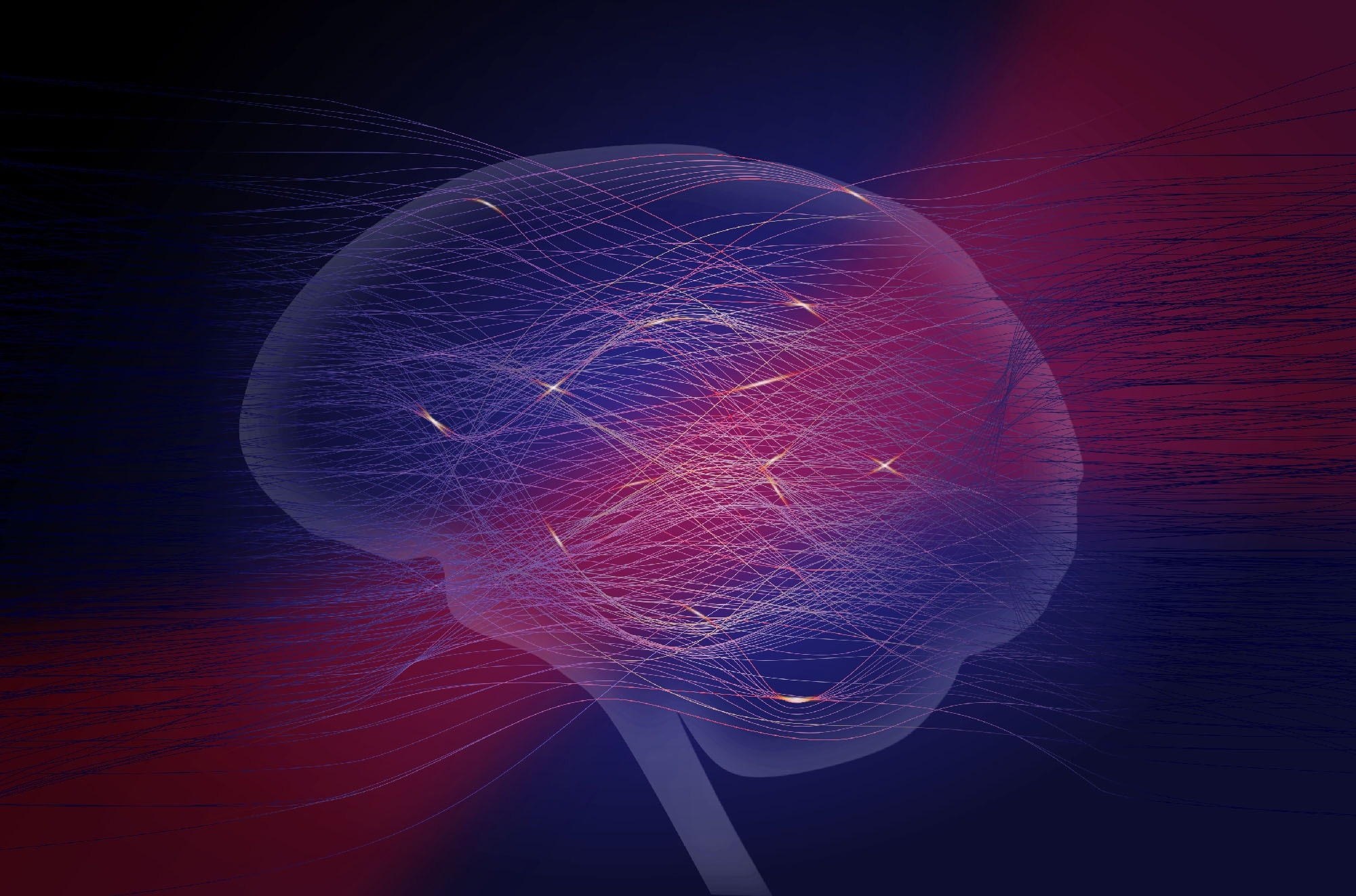Max Planck Institute for the Science of Light researchers suggest a novel method for integrating an optical system with a neural network, which may eventually lead to more sustainable machine learning. The study has been published in Nature Physics, showing that it is far less complicated than earlier methods.
 Artistic illustration of a neuromorphic system of waveguides carrying light. Image Credit: Clara Wanjura
Artistic illustration of a neuromorphic system of waveguides carrying light. Image Credit: Clara Wanjura
ChatGPT demonstrates how machine learning and artificial intelligence are becoming more and more commonplace in applications ranging from text generation to computer vision. But these intricate tasks call for ever more complex neural networks—some of which have billions of parameters. As neural networks require exponentially more energy and longer training times, the exponential growth in the size of these networks has put technologies on an unsustainable path.
For example, it is estimated that the GPT-3 training process used over 1,000 megawatt hours of energy, equivalent to a small town's daily electrical energy consumption. This trend has resulted in the need for quicker, more economical, and energy-efficient alternatives, and neuromorphic computing is a rapidly expanding field.
This field aims to replace digital computers' neural networks with physical neural networks. These are designed to carry out the necessary mathematical operations physically in a manner that may be quicker and use less energy.
With their low energy consumption, optics, and photonics present particularly attractive platforms for neuromorphic computing. With parallel computing, computations can be completed at speeds only surpassed by the speed of light. However, there have been two major obstacles thus far: First, high laser powers are needed to realize the intricate mathematical computations that are required. Second, there is not an effective general training strategy for these kinds of physical neural networks.
Florian Marquardt and Clara Wanjura of the Max Planck Institute for the Science of Light proposed a novel approach that can overcome both obstacles.
Normally, the data input is imprinted on the light field. However, in our new methods we propose to imprint the input by changing the light transmission.
Florian Marquardt, Director, Max Planck Institute for the Science of Light
In this way, the input signal can be processed in an arbitrary fashion.
This is true even though the light field itself behaves in the simplest way possible in which waves interfere without otherwise influencing each other. Therefore, their approach allows one to avoid complicated physical interactions and realize the mathematical functions that would otherwise require high-power light fields. Evaluating and training this physical neural network would then become very straightforward:
It would really be as simple as sending light through the system and observing the transmitted light. This lets us evaluate the output of the network. At the same time, this allows one to measure all relevant information for the training.
Clara Wanjura, Study First Author, Max Planck Institute for the Science of Light
Through simulations, the authors proved that their method could accomplish image classification tasks just as accurately as digital neural networks.
The authors intend to investigate the application of their method in the future by working with experimental groups. Their proposal can be applied to a wide range of physically disparate systems because it significantly relaxes the experimental requirements. This presents novel opportunities for neuromorphic devices that facilitate physical training across an extensive array of platforms.
Journal Reference:
Wanjura, C., C., et al. (2024) Fully nonlinear neuromorphic computing with linear wave scattering. Nature Physics. doi.org/10.1038/s41567-024-02534-9